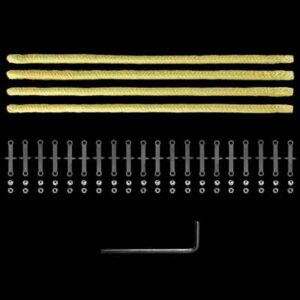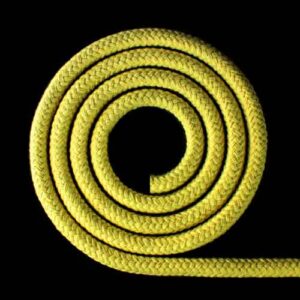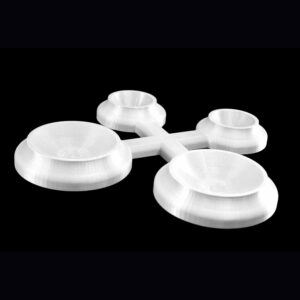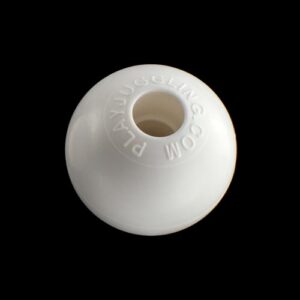Product description
High-performance 10mm Kevlar Rope – the perfect companion for your fire arts journey. Crafted for excellence, this rope boasts excellent shock and fatigue resistance, ensuring durability during intense performances, making it a reliable choice for your fire props. Plus, with impressive fire resistance, breaking down only at 400°C, our Kevlar Rope ensures a safe and spectacular fire performance. Elevate your artistry and explore the possibilities with our top-quality Kevlar Rope.
Product specifications
- Material: Kevlar rope
- Kevlar diameter: 10 mm | 0,4 in
- Fire resistance: 400°C | 750°F
Estimated delivery
- You place the order today
- We make and ship your order in 2-10 days
- You will receive your order:
€8,00
The price is for a 1 m of kevlar rope. If you want 3 m put 3 pcs in your cart. You will receive your rope in one piece unless requested otherwise.




